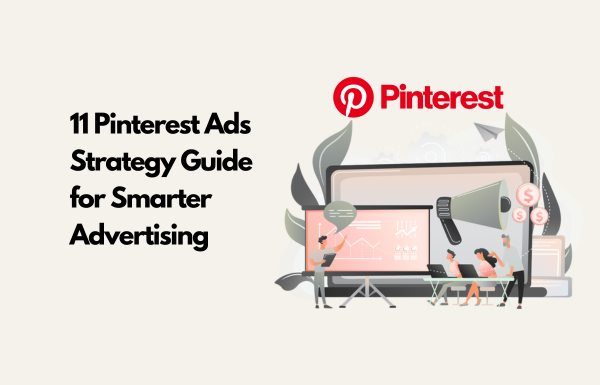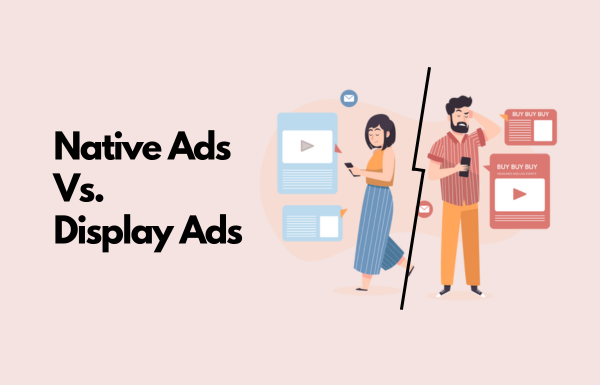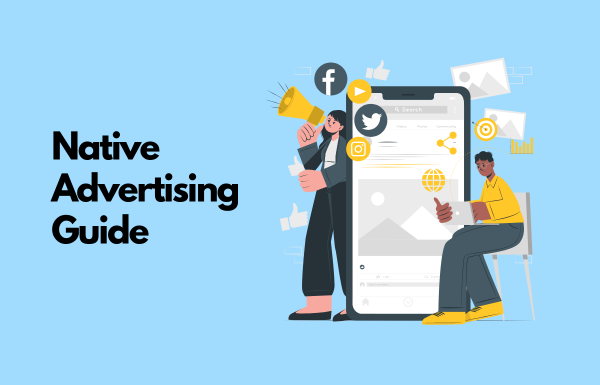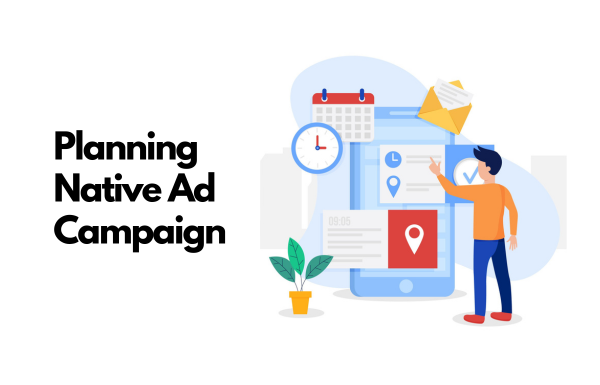Pinterest is where people come to discover, plan, and shop, with over 482 million users exploring everything from style ideas to their next big purchase. It is a platform built around intention, making it an ideal space for eCommerce brands to connect with shoppers early in their journey.
To make the most of this opportunity, you need a comprehensive Pinterest Ads Strategy that helps your products appear at just the right moment, when users are actively looking for ideas and ready to take action. When aligned with how people use the platform, your ads can feel less like marketing and more like inspiration.
In this blog, we are sharing practical strategies to help you improve and refine your Pinterest Ads Strategy. These tips are simple, effective, and structured to match the natural flow of discovery on Pinterest, so your brand can show up at the right time, in the right way.
So, let’s get started.
.
1. Use Pinterest’s Trend Predictions in Your Pinterest Ads Strategy
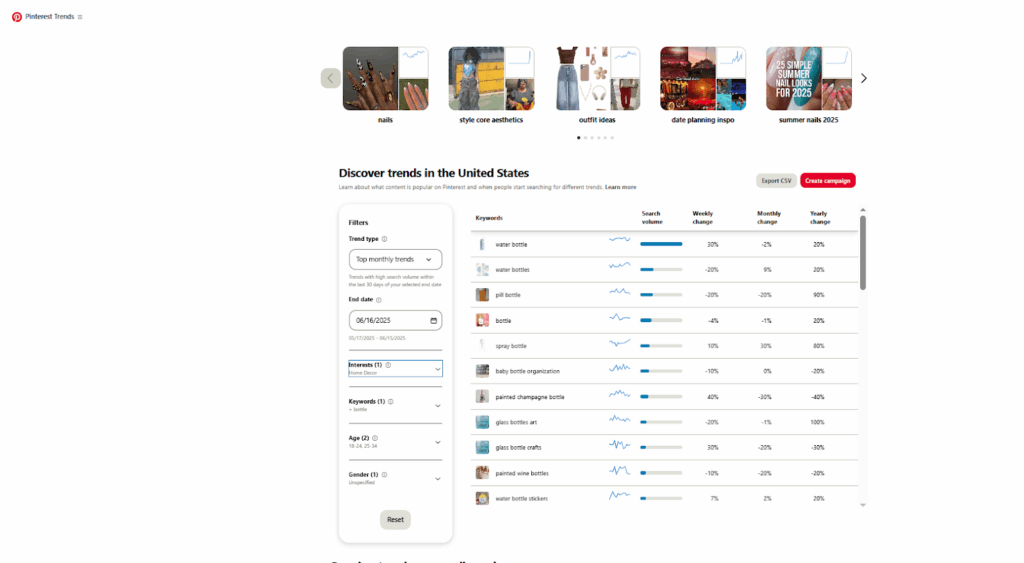
If you wait until something is already popular on Pinterest, often discovered through the search bar, you’re too late to create ads that capitalize on trends.
That’s when ‘Pinterest Predicts’ becomes useful. It shows you what people are starting to search for, before it becomes a big trend. And the best part is that most of their predictions are true.
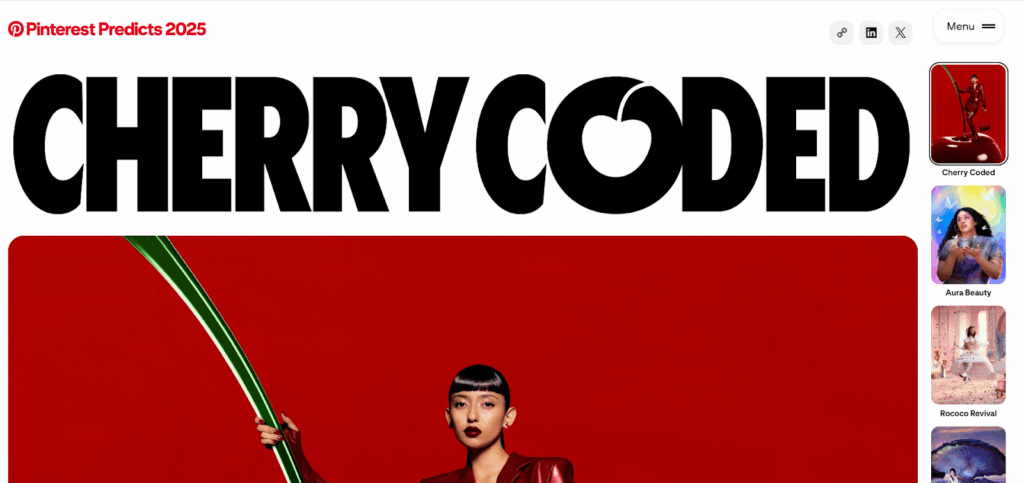
By planning your ads around these early trends, you can show up before your competitors and reach people at the right time, when they are starting to take an interest. This proactive approach is essential for effective pinterest advertising targeting and forms the foundation of any successful Pinterest Ads Strategy.
Here’s how to do it.
- Go to Pinterest Predicts and look for trends related to your products.
- Use those ideas to create Pins and ad campaigns that feel fresh and on-topic.
- Schedule your ads to run as the trend starts growing, not after it’s already everywhere.
Using Pinterest trend predictions helps your ads reach people before everyone else. This forward-thinking approach is what separates a reactive Pinterest Ads Strategy from a proactive one, making it an essential component of your pinterest advertising strategy.
2. Create Ads That Grab Attention Without Needing Clicks
Pinterest is all about visuals. People scroll through the feed looking for ideas, not ads. So if your Pin doesn’t stand out, it gets skipped, no matter how great your product is.
That’s why your design needs to catch the eye instantly, even if someone does not click on it right away. The types of visuals and ad formats you use make an effective Pinterest Ads Strategy. And that makes a lot of impact on how your customer perceives your brand, after coming across that ad.
The types of visuals and ad formats you use make an effective Pinterest ad strategy. And that makes a lot of impact on how your customer perceives your brand, after coming across that ad.
Why It’s Important to Stand Out in the Feed?
Unlike other platforms, Pinterest users are in “discovery mode.” They’re looking for inspiration, whether it’s outfit ideas, home décor, recipes, or gifts. Your ad is placed right next to beautiful, inspiring Pins created by real users and brands.
If your Pin blends in or looks too salesy, it will likely be ignored. However, if it appears helpful, inspiring, or worth saving, users may pin it to their boards, providing your brand with more free exposure over time.
Pinterest rewards saves, shares, and time spent viewing, not just clicks. So, even if someone does not click right away, a great design can keep your Pin circulating. Understanding these metrics, including the importance of a well-optimized landing page and its role in driving website traffic, is crucial for any effective Pinterest Ads Strategy and pinterest ads for eCommerce success.
Design Tips to Make Pinterest Users Stop & Notice Your Pinterest Ads

These pinterest ad best practices have been proven across thousands of campaigns and should be integrated into every Pinterest Ads Strategy:
- Use vertical images (2:3 aspect ratio) – They fill more of the screen and stand out better in the feed.
- Add short, bold text on the image – Use just a few words that make people curious or highlight a benefit (like “Easy 5-Minute Hairstyles” or “Perfect Summer Outfits”).
- Choose clean, bright visuals – Natural light, soft tones, or Lifestyle scenes often perform better than plain product shots.
- Make it feel “save-worthy” – Something that feels genuinely helpful, visually inspiring, or too good to scroll past. That’s when you know you’ve done it right.
- Blend your branding in smartly – Use your brand’s colors and style, but don’t make it feel like an obvious ad. Keep it helpful, not pushy.
Tip: Treat your Pin like a mini poster, not a full brochure. It should tell a quick visual story that makes people pause, not overwhelm them with details.
3. Interact with Gen Z Audience in a Real and Relatable Way
Gen Z values authenticity over perfection, and they can quickly spot unauthentic content. To connect with this audience on Pinterest, your ads should feel genuine and not overly polished or scripted.
This generation responds best to content that mirrors real life. Authenticity must be woven into your Pinterest Ads Strategy to connect with Gen Z. They are more likely to engage with brands that show the people behind the product, not just the product itself.
Here’s how you can make your Pinterest ads more relatable and Gen Z-friendly through strategic pinterest advertising targeting:
- Show Behind-the-Scenes Content: Give a peek into your creative process, packing orders, or the day-to-day of your team. It makes your brand feel more human and approachable.
- Feature Real Customer Stories: Highlight UGC (User-Generated Content) and testimonials from actual buyers. It builds trust and makes your brand feel community-driven.
- Use Real-Life Scenarios: Showcase your product in everyday use, not just styled flat lays. Think mirror selfies, unboxing videos, or outfit try-ons in natural lighting.

Speak Their Language: Keep your copy casual and conversational. Avoid sounding corporate. Instead, be playful, witty, and real.
When you focus on being authentic, Gen Z will notice. They trust brands that feel real. This trust turns into loyalty and shares. That means more people see your brand. Use this authentic approach in your Pinterest Ads Strategy.
It works well for ad types like collection ads, especially when targeting younger audiences, and is a cornerstone of effective pinterest advertising strategy.
4. Align Your Pinterest Ads Strategy with User Intent
People come to Pinterest with a purpose. Either they’re looking for ideas, inspiration, or products to buy.
And to grab their attention, your ads need to match what they’re already searching for.
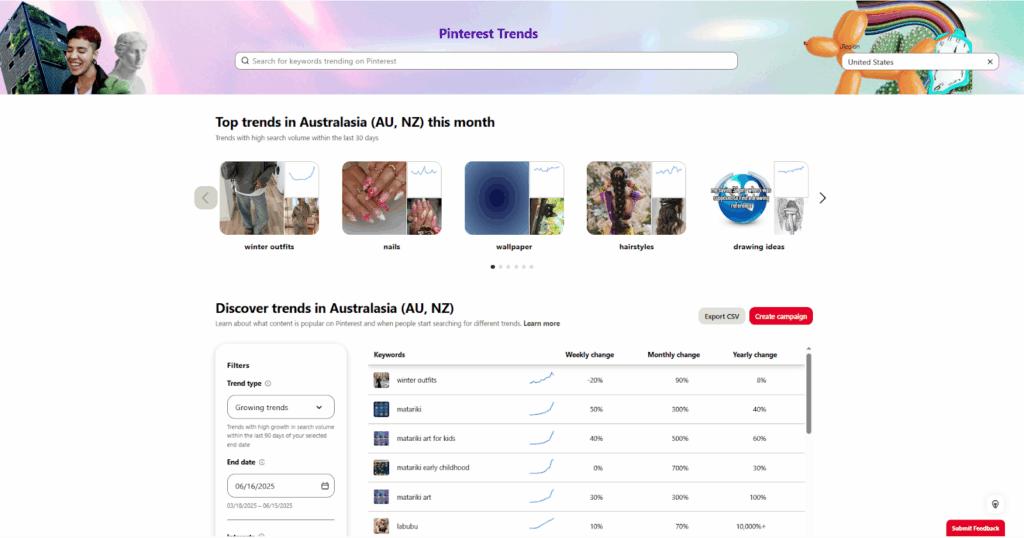
Pinterest offers tools like Pinterest Trends and Pinterest Lens to help you find what’s popular and how your products should look to fit in. This makes keyword targeting easier for your promoted pins to show up in relevant search results, which is fundamental to any pinterest advertising strategy and effective pinterest advertising targeting.
Here’s how to make your ads more discoverable:
- Use the Right Keywords: Check trending searches in your category and include those terms in your Pin titles, pin descriptions, and alt text.
- Match the Visual Style of Top Results: Check how top Pins are styled, including lighting, colors, and layout. Create visuals that feel similar. This helps your ads blend into users’ feeds naturally.
- Reach Shoppers at the Right Moment: Plan your images based on when people are most likely to search for your product. Use clear photos, video ads, and shoppable Pins to reach them at the right moment.
By aligning your ads with what users are already searching for, you make it easier for them to find your products in search results. This intent-matching approach, coupled with careful ad spend management, is fundamental to any successful Pinterest Ads Strategy and essential for pinterest ads for eCommerce success.
5. Use Customer Data (Safely) to Show Smarter Ads
The Pinterest platform allows you to create more relevant and personalized ads by securely using your store’s first-party customer data. Data-driven personalization is key to a modern Pinterest Ads Strategy and advanced pinterest advertising targeting approach.
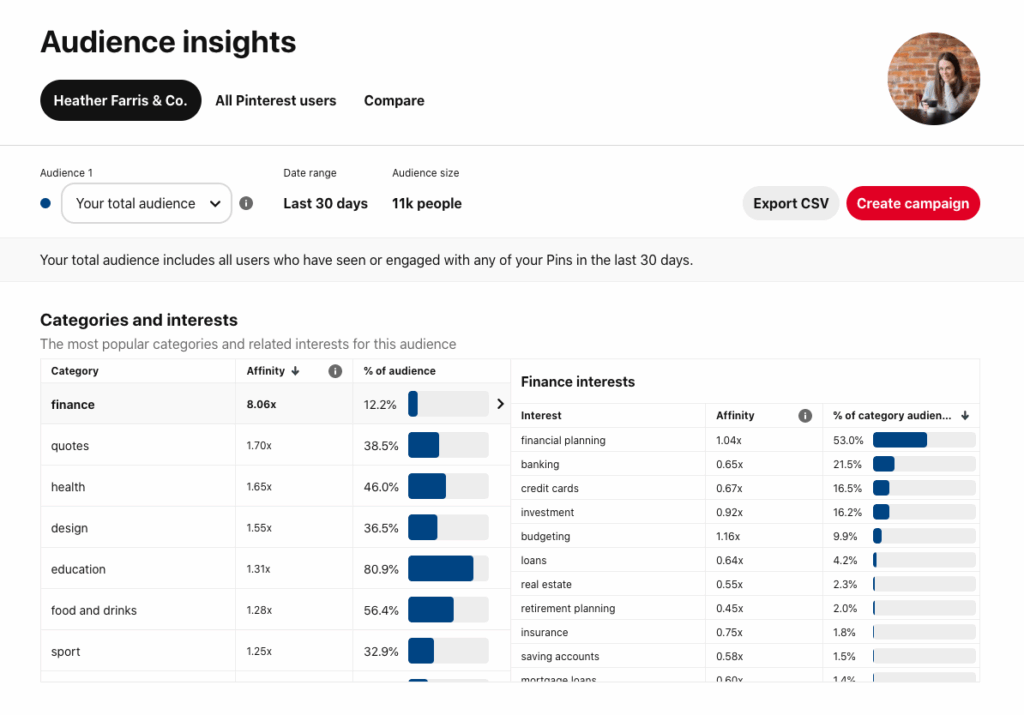
With Customer List Targeting, you can upload a list of your existing buyers and match it with Pinterest’s user base, without ever sharing personal information. This pinterest advertising targeting feature, along with the correct ad specs, is one of the most powerful tools available and a critical component of any comprehensive pinterest paid ads guide.
This privacy-safe targeting option helps you:
- Reconnect with Existing Customers: Show ads to people who’ve already bought from you, encouraging repeat purchases or loyalty.
- Reach Lookalike Audiences: Pinterest can find users with similar interests and behaviors to your best customers, helping you expand your reach to new but relevant shoppers.
- Deliver More Relevant Ads: Because your ads are based on actual customer behavior, they’re more likely to resonate and drive action.
To effectively use customer data in your Pinterest Ads Strategy:
- Upload a clean, permission-based email list to Pinterest Ads Manager.
- Create tailored campaigns that speak directly to returning customers or lookalikes.
- Personalize creative elements such as copy, images, or offers based on past purchase behavior.
- Monitor performance closely to refine your audience and messaging over time.
Importantly, Pinterest uses encrypted customer data that can help optimize your ad spend. Thus, it doesn’t share any personal details, ensuring your customer information stays safe.
By using this feature, including promoted pins, rich pins, and other creative assets, you can serve smarter, more targeted ads that reach the right people, without compromising privacy. Smart data usage like this promotes your Pinterest Ads Strategy from basic to sophisticated.
6. Optimize Your Pinterest Ads Strategy with Smart Conversion Tracking
Pinterest advertising works best when the platform understands what success looks like for your brand. By setting up full conversion tracking, which includes add to cart, checkout, and purchase metrics, you provide Pinterest the right signals to optimize your ads more effectively.
Integrating deeper tracking into your Pinterest Ads Strategy helps in:
- Finding Higher-Quality Customers: Pinterest understands which users are most likely to take meaningful actions rather than just engaging with your ad.
- Improving Campaign Performance: With clearer goals in place, Pinterest can better adjust ad delivery, creative, and targeting to drive real business outcomes.
- Optimizing Ad Spend: Your budget goes further when it focuses on conversions that truly matter to your business. This is especially important for pinterest ads for eCommerce, where tracking purchases is crucial.
To effectively set up conversion tracking for your Pinterest Ads Strategy:
- Install the Pinterest Tag on your website
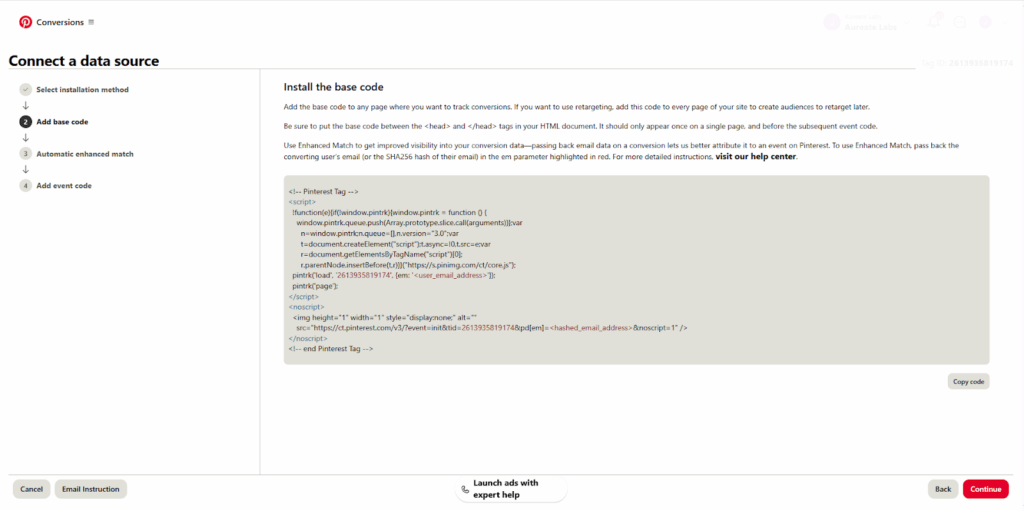
- Track key events like “Add to Cart,” “Checkout,” and “Purchase.”

- Use the Pinterest Tag Helper tool to ensure events are set up correctly.
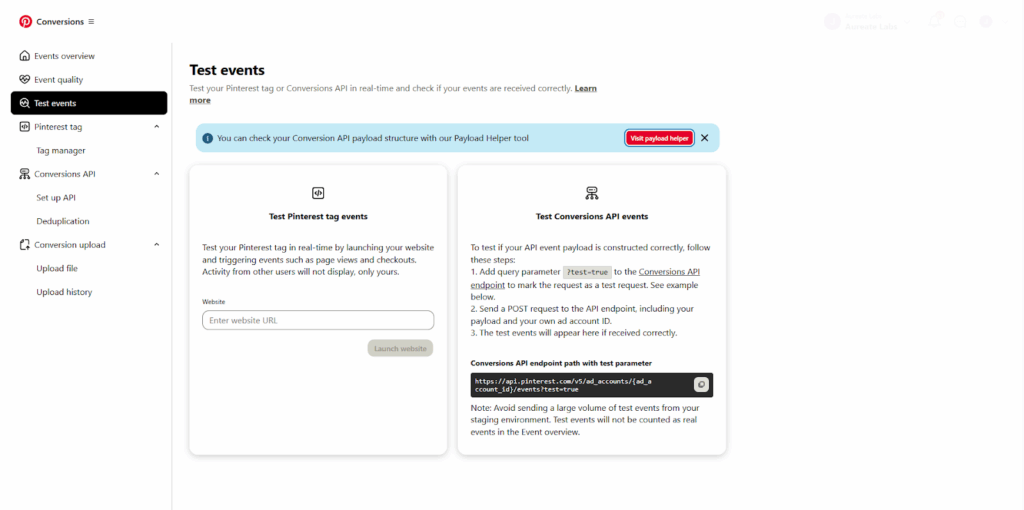
4. Monitor your campaign data and adjust based on what performs best.
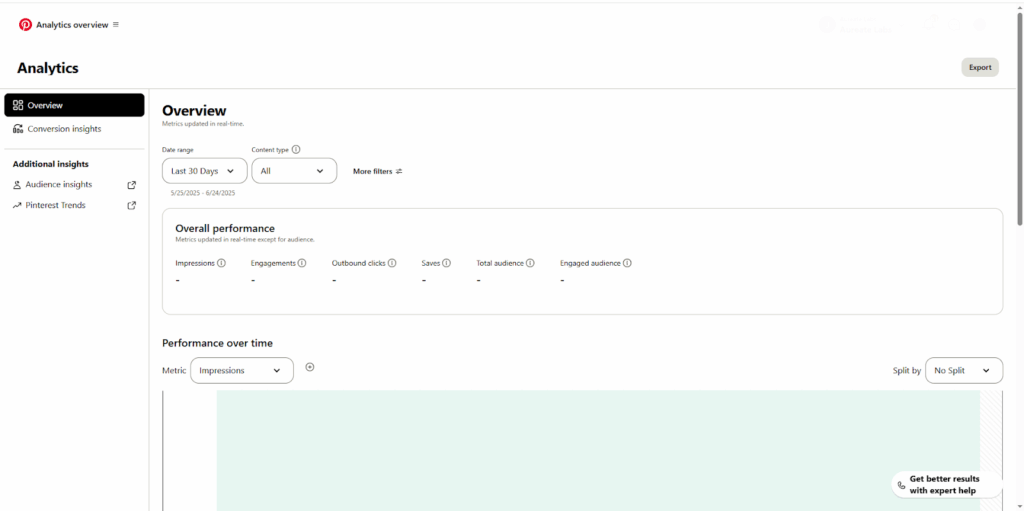
By helping Pinterest understand your key business goals, including increasing website traffic, you make it easier for the platform to connect you with the right audience and drive results that matter.
This optimization approach that aligns with social media advertising is what transforms a good Pinterest Ads Strategy into a great one and serves as an essential pinterest paid ads guide principle.
7. Adjust Ads Based on What People Are Doing Right Now
Pinterest allows you to tailor your ads based on real-time user behavior, especially those engaging from mobile devices.
This behavioral targeting capability should be central to your Pinterest Ads Strategy. With engagement-based targeting, you can serve different ads, including Pinterest carousel ads, to users depending on how they’ve interacted with your content.
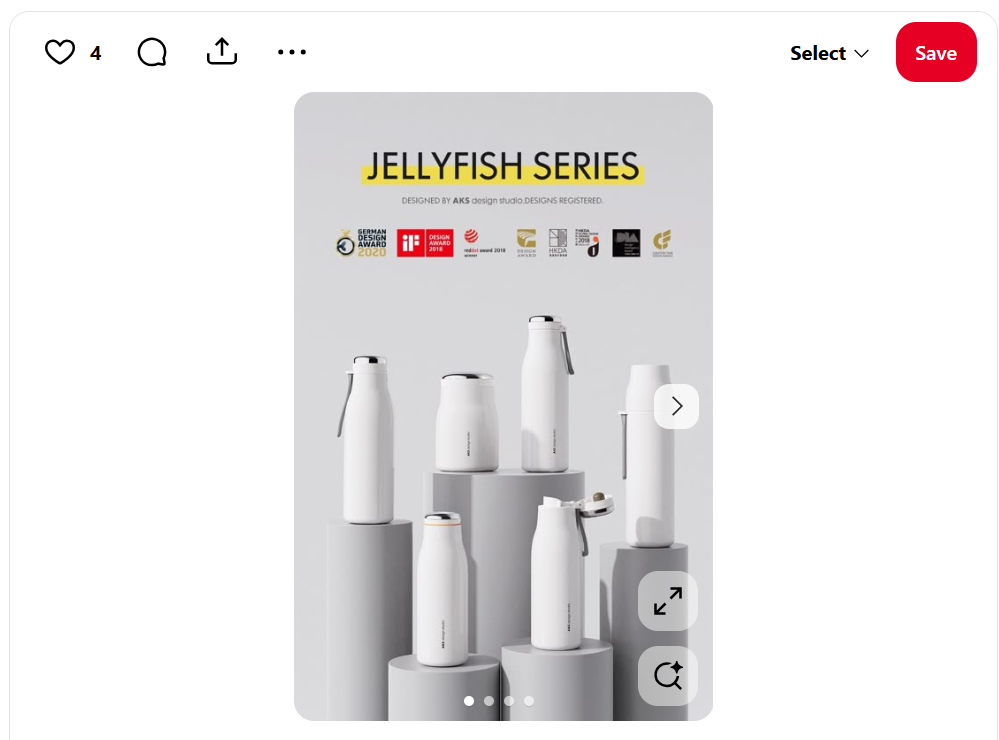
Incorporating this into your Pinterest Ads Strategy helps in:
- Improving Ad Relevance: Showing ads that reflect a user’s recent actions makes your messaging more timely and personalized.
- Encouraging Deeper Engagement: For users who saved a product Pin, you can follow up with an ad that offers a discount or highlights new arrivals.
- Improving Conversion Rates: Ads based on recent engagement are more effective at leading users to buy.
To effectively use engagement-based targeting in your pinterest advertising strategy:
- Segment your audiences based on actions like saves, video views, or outbound clicks.
- Customize creatives to reflect the user’s level of interest or familiarity with your brand.
- Use dynamic content or time-sensitive messaging to keep ads fresh and compelling.
- Monitor performance and adjust the creative based on engagement trends.
Tip: Use Pinterest’s automated campaign lookalike audience to find new people who act like your best customers. This advanced pinterest advertising targeting option allows you to find qualified prospects. It’s a simple way to reach more shoppers without losing relevance.
When your ads respond to what users are doing right now, they feel more personal and are more likely to get results. Real-time responsiveness is a key differentiator in modern Pinterest Ads Strategy and effective pinterest campaign budget optimization.
8. Build a Natural Shopping Flow in Your Pinterest Ads Strategy
Pinterest is a platform where discovery and shopping go hand in hand. Users often start by exploring ideas and gathering inspiration before making a purchase decision. That’s why it’s crucial to guide them through a natural shopping journey that starts with visually engaging content and leads into product-focused ads.
Integrating this flow into your Pinterest Ads Strategy helps in utilizing various ad formats effectively and represents core pinterest ad best practices.
- Creating a Seamless Journey: Start with lifestyle Pins or idea-based content to spark interest, then follow up with shoppable ads that feature the products shown.
- Building Intent Over Time: When users first see a product in context, it helps them imagine how it fits into their life, making them consider buying it.
- Encouraging Higher Engagement: By meeting users with inspiration first, including video pins, standard ads, and products second, you create a shopping experience that feels helpful rather than pushy.
To effectively implement this strategy in your Pinterest Ads Strategy:
- Begin with content that inspires, such as mood boards, how-tos, or seasonal lookbooks.
Retarget users who engaged with that content using product Pins or collections.
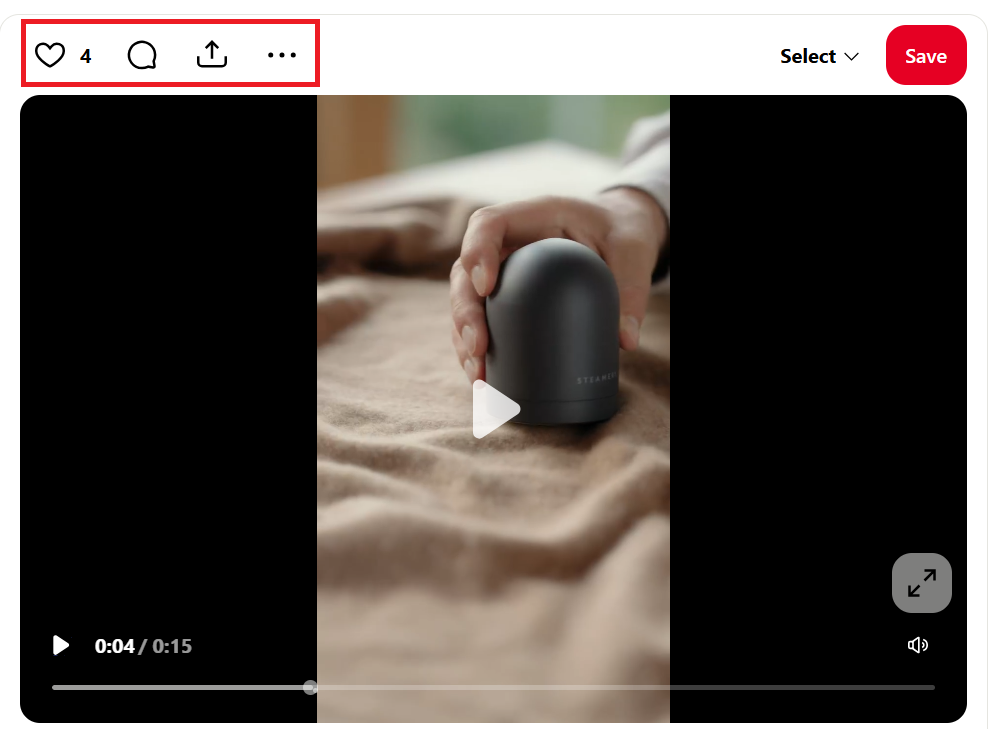
- Maintain consistency in style and messaging across all stages of the user journey.
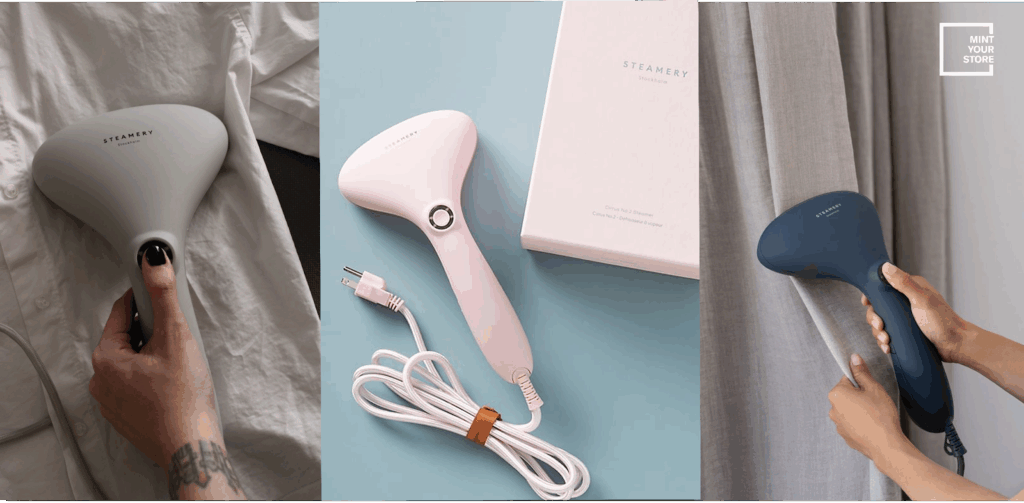
With this approach, your ads become part of the browsing experience, guiding users from ideas to action in a way that feels intuitive and well-timed.
This natural flow approach is what makes a Pinterest Ads Strategy, including premier spotlight ads, feel helpful rather than pushy and maximizes pinterest ads for eCommerce effectiveness.
9. Use Popular Pinterest Searches in Your Ads
To make your ads more discoverable on Pinterest, it’s essential to speak the same language as your audience is using. Language alignment is a critical component of your Pinterest Ads Strategy.
That means including trending keywords in your Pin titles, descriptions, and even image alt text. These popular search terms help your content surface in relevant searches and show up in the right feeds.
Including popular Pinterest searches and popular blog posts in your ad strategy helps boost catalog sales and represents fundamental pinterest ad best practices:
- Improving Discoverability: Using keywords that match real user searches increases the chances of your Pins showing up in results and relevant feeds.
- Attracting More Clicks: When your content reflects what people are already looking for, it naturally feels more relevant and clickable.
- Keeping Content Fresh: Trending terms help you stay aligned with seasonal interests, events, and shopping behavior.
To effectively include Pinterest search trends in your Pinterest Ads Strategy and pinterest paid ads guide:
- Use the Pinterest Trends tool to discover top searches in your niche.
- Add those terms to your Pin titles, descriptions, and alt text where relevant.
- Update your creative regularly to reflect current themes and search intent.
With the right keywords, your Pins do more than look good; they show up in front of the right people, at the right time, in the moments that matter most, similar to effective social media posts. Keyword optimization and linking to an optimized landing page, along with the use of multiple pins, is the foundation of any discoverable Pinterest Ads Strategy.
10. Advertise Pins That Already Work
Some of your strongest Pinterest ads may already exist as organic Pins. When a Pin performs well with high saves, clicks, or close-ups, it’s a clear sign that it resonates with your audience.
Instead of starting from scratch, you can promote these Pins to extend their reach and drive more results. This approach represents smart pinterest advertising strategy and follows proven pinterest ad best practices.
Using this approach in your Pinterest Ads Strategy helps in:
- Saving Time and Creative Resources: You don’t need to create content when your top Pins are already doing the job.
- Driving Higher Engagement: Pins that perform well organically often maintain that momentum when promoted.
- Building Trust Through Social Proof: Ads based on Pins with existing engagement feel more credible and are more likely to catch attention.
To make the most of this strategy in your Pinterest Ads Strategy:
- Use Pinterest Analytics to identify Pins with strong performance metrics like saves, link clicks, and close-ups
- Promote those Pins through Ads Manager to reach a wider audience
- Test new audience segments to expand reach while keeping the creative consistent.
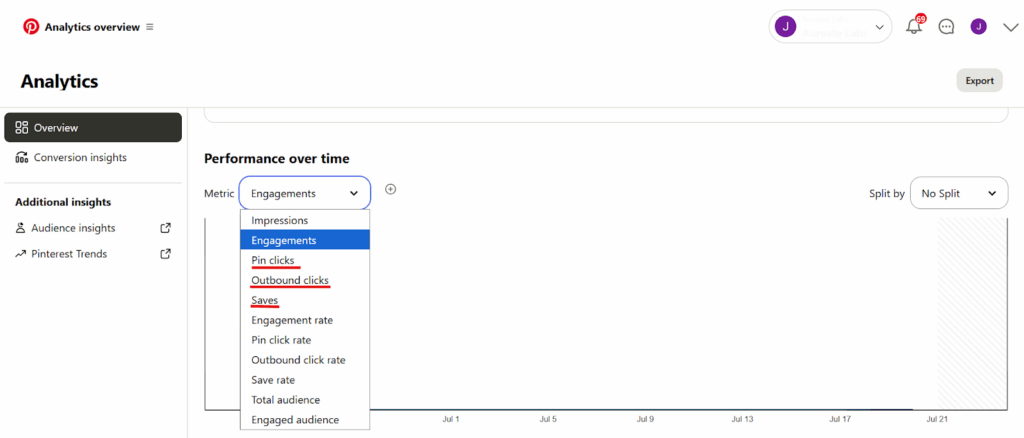
Tip: Don’t rely on impressions alone. Prioritize Pins with high click-through rates (CTR) and saves; they show real intent and often outperform Pins with high views but low engagement in your marketing efforts. Following these pinterest ad best practices, as part of a broader creative strategy, ensures you focus on meaningful metrics.
By advertising Pins that already work, you get more value from the content you have already created, while scaling what is proven to drive results. This efficient approach maximizes ROI in your Pinterest Ads Strategy and serves as an essential pinterest paid ads guide principle.
11. Scale Slowly and Smartly
When a Pinterest campaign performs well, it is natural to want to scale it quickly. However, smart scaling is what separates a beginner’s Pinterest ads strategy from a professional execution. But scaling too fast can disrupt your results and reset the algorithm’s learning phase. A steady, controlled approach helps you grow without compromising performance.
Integrating smart scaling into your Pinterest Ads Strategy helps in:
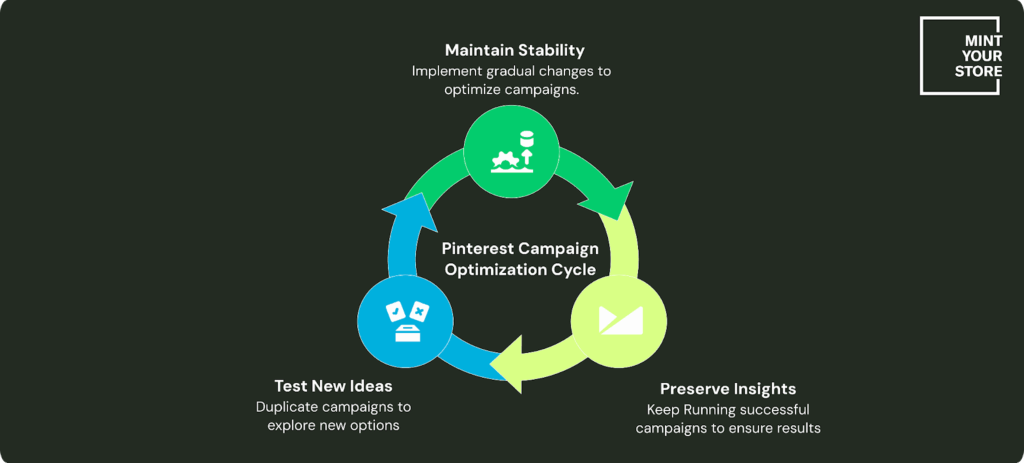
- Maintaining Campaign Stability: Gradual changes allow Pinterest to optimize based on existing data, keeping a strong momentum.
- Preserving Performance Insights: Keeping successful campaigns running ensures that your proven strategies continue to generate results
- Testing New Ideas Safely: By duplicating high-performing campaigns, you can explore new creative or targeting options without affecting what’s already working.
To scale effectively without risking performance and optimize your pinterest campaign budget optimization:
- Increase ad budgets slowly, but not more than 20-25% every few days. This careful approach to pinterest campaign budget optimization prevents performance drops.
- Duplicate top-performing campaigns to test new audiences, creatives, or placements.
- Track performance closely before making further adjustments. Monitoring is essential for effective pinterest campaign budget optimization.
Tip: Let winning manual campaigns run without interruption and use duplicates to experiment. This allows you to grow while maintaining your best results.
With a smart, gradual scaling strategy, your Pinterest ads can grow efficiently, turning consistent wins into long-term success. Smart scaling is the final piece of a sustainable Pinterest Ads Strategy.
Take the First Step Toward Better Pinterest Ads
Running a strong Pinterest Ads Strategy starts with focusing on the right steps and repeating them consistently.
The tips in this guide are small steps that many people forget, but they can make a big difference in how your ads perform. This comprehensive pinterest paid ads guide covers essential strategies that drive real results.
When your ads match what people are actually searching for, they stand out and drive better results. This clear, focused approach is what sets a strong Pinterest Ads Strategy apart and maximizes the potential of pinterest ads for eCommerce campaigns.
More and more brands are discovering just how much Pinterest can offer. With the right plan and smart bidding strategy, it can become a powerful growth channel for your business. If you are looking to grow, this is the perfect time to begin implementing a winning Pinterest Ads Strategy.
Need help creating Pinterest campaigns that truly perform?
This guide gives you the foundation, but real results come when you put that strategy into action.
At Mint Your Store, we partner with growing eCommerce brands to create Pinterest ads that look good and help drive sales through proven strategies and effective Pinterest Ads Strategy implementation.
Let’s take that first smart step together.
